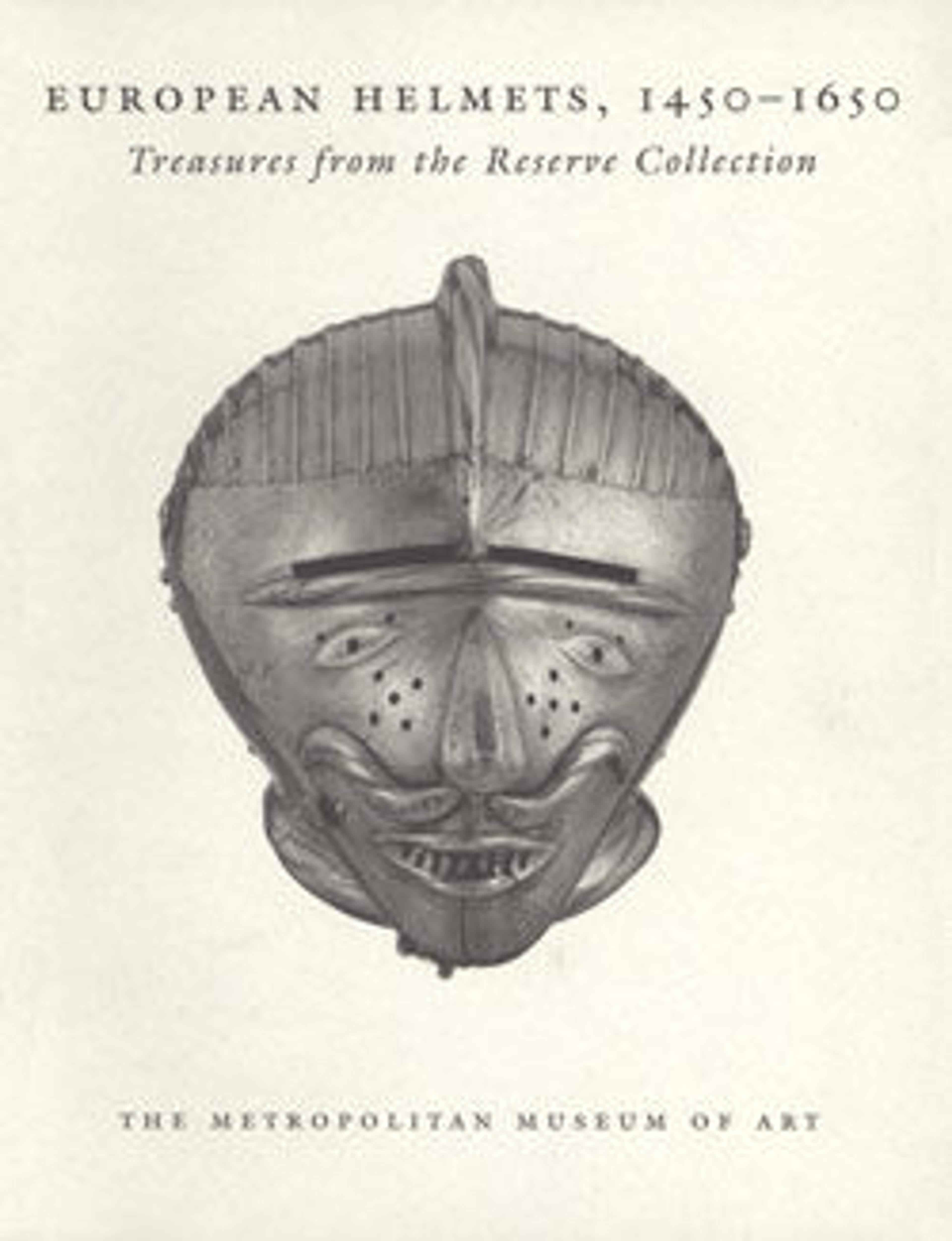Sallet
The term sallet (from the Italian celata) is applied to a wide variety of fifteenth-century helmets that have open faces or, if visored, leave the lower face and neck exposed. This tall form of sallet is typically Italian and is sometimes referred to as a barbute. It is struck twice on the right side at the back with the same armorer's mark: two Gothic letters ("SS" or "SZ") beneath a split-legged cross. Struck on the right cheek is the lion of Saint Mark, a control mark that perhaps denotes the helmet's former presence in the Venice arsenal.
Artwork Details
- Title: Sallet
- Date: ca. 1470–80
- Geography: Milan
- Culture: Italian, Milan
- Medium: Steel
- Dimensions: H. 10 3/4 in. (27.3 cm); W. 7 3/4 in. (19.7 cm); D. 10 1/4 in. (26 cm); Wt. 6 lb. 9.4 oz. (2988 g)
- Classification: Helmets
- Credit Line: Rogers Fund, 1904
- Object Number: 04.3.232
- Curatorial Department: Arms and Armor
More Artwork
Research Resources
The Met provides unparalleled resources for research and welcomes an international community of students and scholars. The Met's Open Access API is where creators and researchers can connect to the The Met collection. Open Access data and public domain images are available for unrestricted commercial and noncommercial use without permission or fee.
To request images under copyright and other restrictions, please use this Image Request form.
Feedback
We continue to research and examine historical and cultural context for objects in The Met collection. If you have comments or questions about this object record, please complete and submit this form. The Museum looks forward to receiving your comments.
